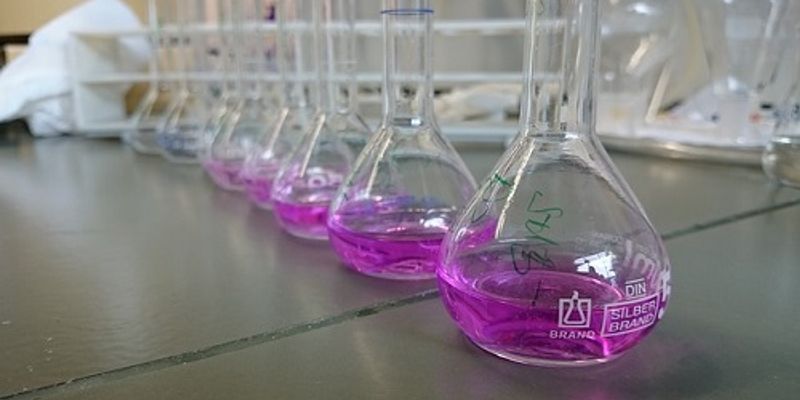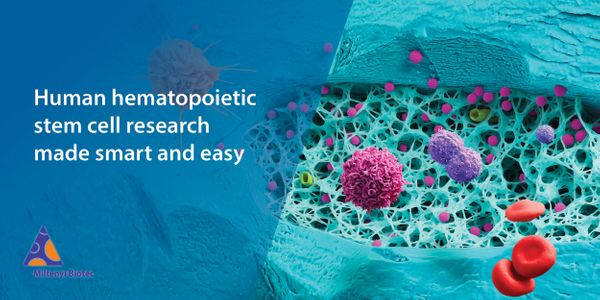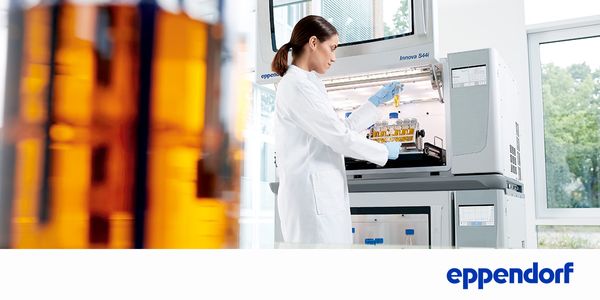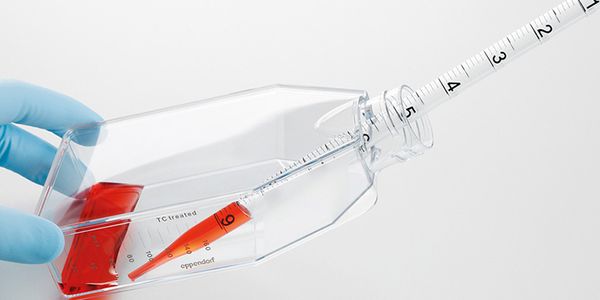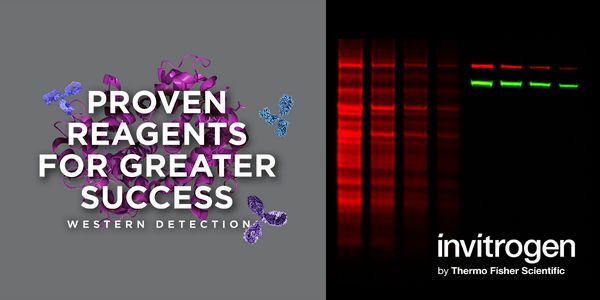Reagents
Reagents: A reagent is a substance or compound added to a system to cause a chemical reaction, or added to test if a reaction occurs. The terms reactant and reagent are often used interchangeably—however, a reactant is more specifically a substance consumed in the course of a chemical reaction.
-
DEC 15, 2020 | 10:00 AMDATE: December 15, 2020 TIME: 10:00am PST Scientists from Thermo Fisher Scientific will walk us through the world of microorganisms. They will discuss their most recent research on viruses,...Speaker: Sasha Vlassov, PhD , Jasti Madhu , Emily ZeringerSponsored By: Thermo Fisher ScientificDEC 09, 2020 | 9:00 AMDATE: December 09, 2020 TIME: 09:00am PST Hematopoietic stem cells (HSCs) ensure homeostasis of blood throughout life. In this webinar, we share insights into the smart and easy isolation, c...To execute COVID-19 testing strategies effectively, labs need to procure reliable components of the workflow without interruption – from reagents to equipment and consumables at the sc...
Antibody tests are important tools to assess the efficacy of vaccine candidates and to derive suitable vaccination modalities. High specificity and sensitivity are of great importance for th...
DEC 02, 2020 | 8:00 AM
DATE: December 2nd, 2020 TIME: 08:00am PDT, 11:00pm EDT Bioreactors and shakers are used to cultivate microorganisms, plant, insect, and mammalian cells in different volumes. Upscaling of pr...
Three-dimensional (3D) cell culture spheroids and aggregates are preferred over monolayer cell culture due to their architectural and functional similarity to solid tumors. To study expressi...
Three-dimensional (3D) cell culture spheroids and aggregates are preferred over monolayer cell culture due to their architectural and functional similarity to solid tumors. To study expressi...
Immunohistochemistry (IHC) is used to determine spatial relationships where we can identify the localization of target proteins in specific regions and cells of a tissue. IHC has been the go...
NOV 05, 2020 | 7:00 AM
DATE: Date needed, 2020 TIME: Time needed Exosomes are a population of naturally occurring mobile, membrane-limited, 30 – 100 nm in diameter, extracellular vesicles containing a large...
Speaker:
Jorge Escobar
, Aurélie Tacheny
OCT 27, 2020 | 8:00 AM
DATE: October 27th, 2020 TIME: 8:00am PT Molecular diagnostic assay development and design is no simple task, and several factors affect the performance and usability of a test. Diagnostic c...
To identify genetic variants in archival human samples, researchers need a powerful NGS platform that can accommodate input DNA and RNA that is often low quality and/or low quantity. This ch...
Speaker:
Craig Mackinnon, MD, PhD
Presented at: OncomineWorld 2022: A Virtual NGS Education Meeting
Immunohistochemistry (IHC) is used to determine spatial relationships where we can identify the localization of target proteins in specific regions and cells of a tissue. IHC has been the go...
Speaker:
Vivian Barry, MS
Presented at: Cancer Research & Oncology Week Virtual Event Series 2020
Sponsored By: Roche Diagnostics
Sponsored By: Roche Diagnostics
OCT 08, 2020 | 7:00 AM
DATE: October 8, 2020 TIME: 7:00am PDT, 10:00am EDT, 4:00pm CEST How often do you pipette in your cell culture lab every day? Usually, we do it so often that we tend stop thinking about ho...
CRISPR-based genome editing has accelerated biological research and holds great potential for studying and treating human diseases. The CRISPR-Cas9 system requires a Cas9 nuclease and a guid...
Speaker:
James Goldmeyer, PhD
